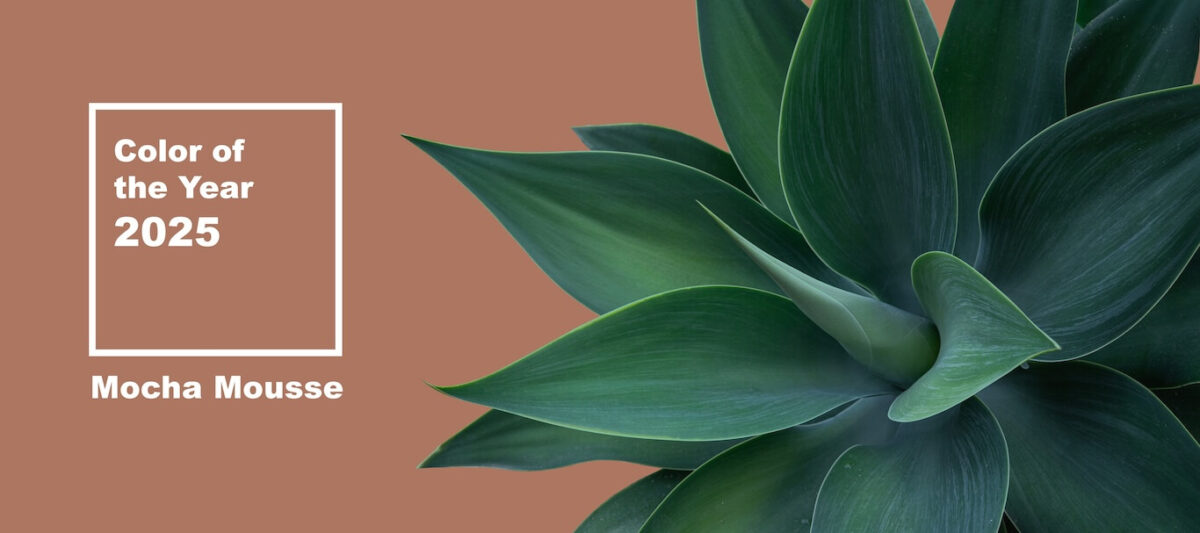It’s typical to hear an interior designer say he or she is also a part-time couple’s therapist. After all, it’s fairly typical for couples to collide when it comes to choosing furniture styles and colors. Fortunately, you don’t have to live in a home that makes you wince because it’s filled with only your partner’s preferences. Achieving cohabitating design bliss is possible when you’re both open to finding the beauty in mixed styles. Take a look at how to do it with a little help from Deborah Welch, an interior design expert with Transforming Rooms.
Make a Wish List
Each of you should separately create a quick list of what you would like your home to look and feel like. Are you hoping for a quiet, restful retreat or a lively entertainment space? If you’re working on one room, pull photos of spaces that appeal to you, Welch suggests. “A picture is worth a thousand words,” she says, and she often refers couples to look at photos on her second site, Greensboro Interior Design, which includes images of various styles and how to blend them.
Also on your list, include quick details about what you don’t like. “Note specifics, such as ‘love this color’ or ‘do not like this sofa because it’s too contemporary.'” Then, you can begin working together by sharing and comparing lists. At the end of this exercise, the result is a joint list that helps you come to some agreement on the most important elements.
Enlighten Each Other
You need to clearly communicate your likes and dislikes when it comes to your favorite styles. “When you say contemporary, some people visualize all black and steel, but maybe you simply meant abstract art and clean lines,” says Welch. “Combining styles can work with proper communication.” Everyone has a different perception of what certain styles mean to them.
Learn to Compromise
Interior design, much like cohabitation, is all about compromise. “We often remind one spouse of specific situations in which the other spouse compromised, and whose turn it is to be adaptable,” Welch says about working with couples who prefer contrasting styles. “I’ve noticed that a lot of men tend to love the Craftsman style, while women tend to like more tone-on-tone, soothing, clutter-free spaces,” she says.
Yet, within the Craftsman style, there’s a lot of monochromatic warmth to the furniture and accessories, such as bedroom furniture made of cherry with quilted maple panels. It’s a matter of educating each other, compromising on the mix of preferences, and discovering what’s possible.
Find the Right Mix
“When one spouse prefers contemporary and the other prefers traditional, we often use abstract art with traditional furniture,” says Welch about how she likes to strike a balance. “If space allows, it’s always nice if each spouse can have their own place to relax, even if it’s a corner of a bedroom with a comfortable chair, ottoman, and floor lamp.”
Renting furnishings is another solution if you want to try on different decor styles without a long-term commitment. CORT Furniture Rental makes it easy for cohabitating couples to experiment with styles. Combining styles can seem challenging, but following these guidelines can make the process go smoothly. If you’re still at an impasse, Welch suggests hiring a designer. “Years of experience has helped us learn ways to get people to communicate and compromise,” she adds.





